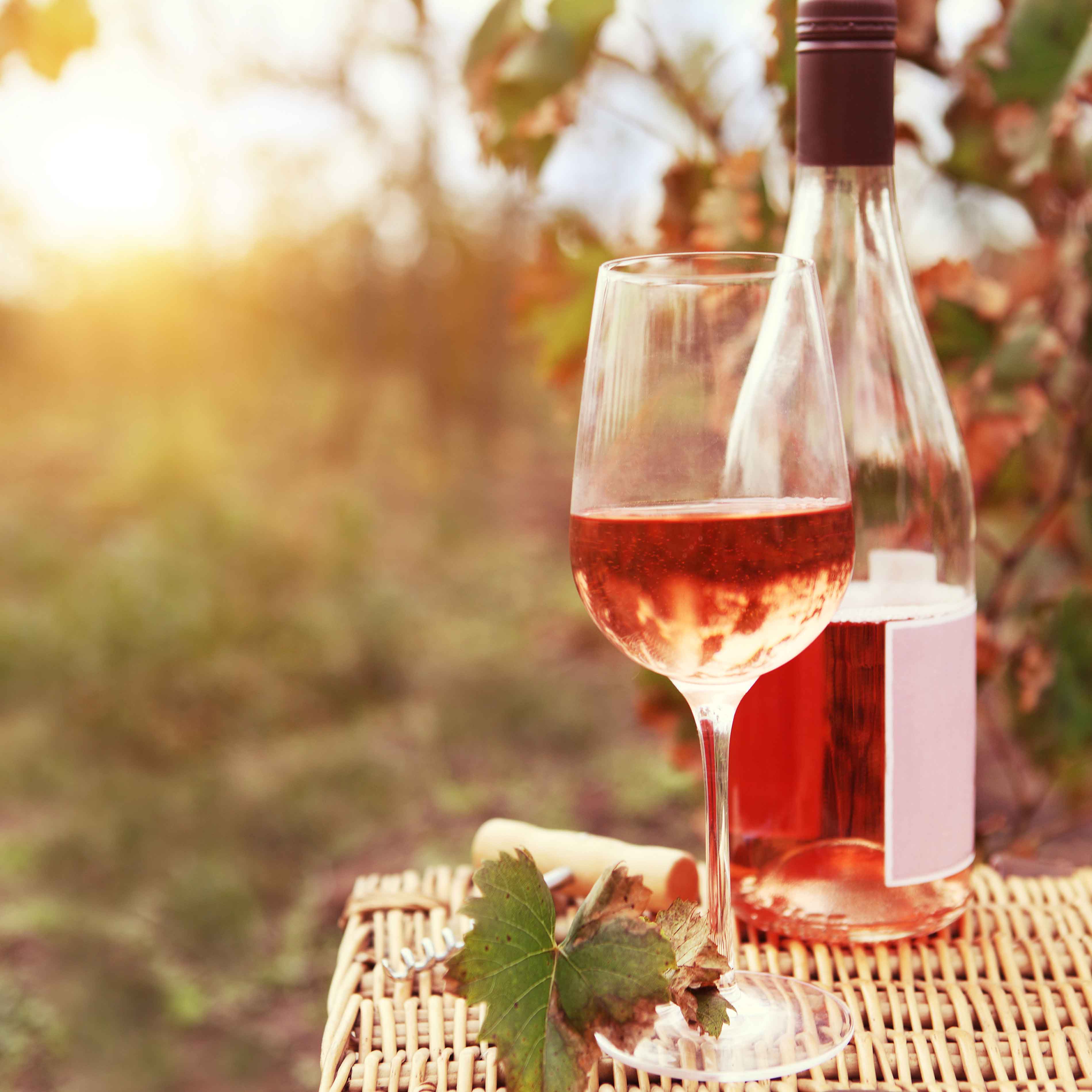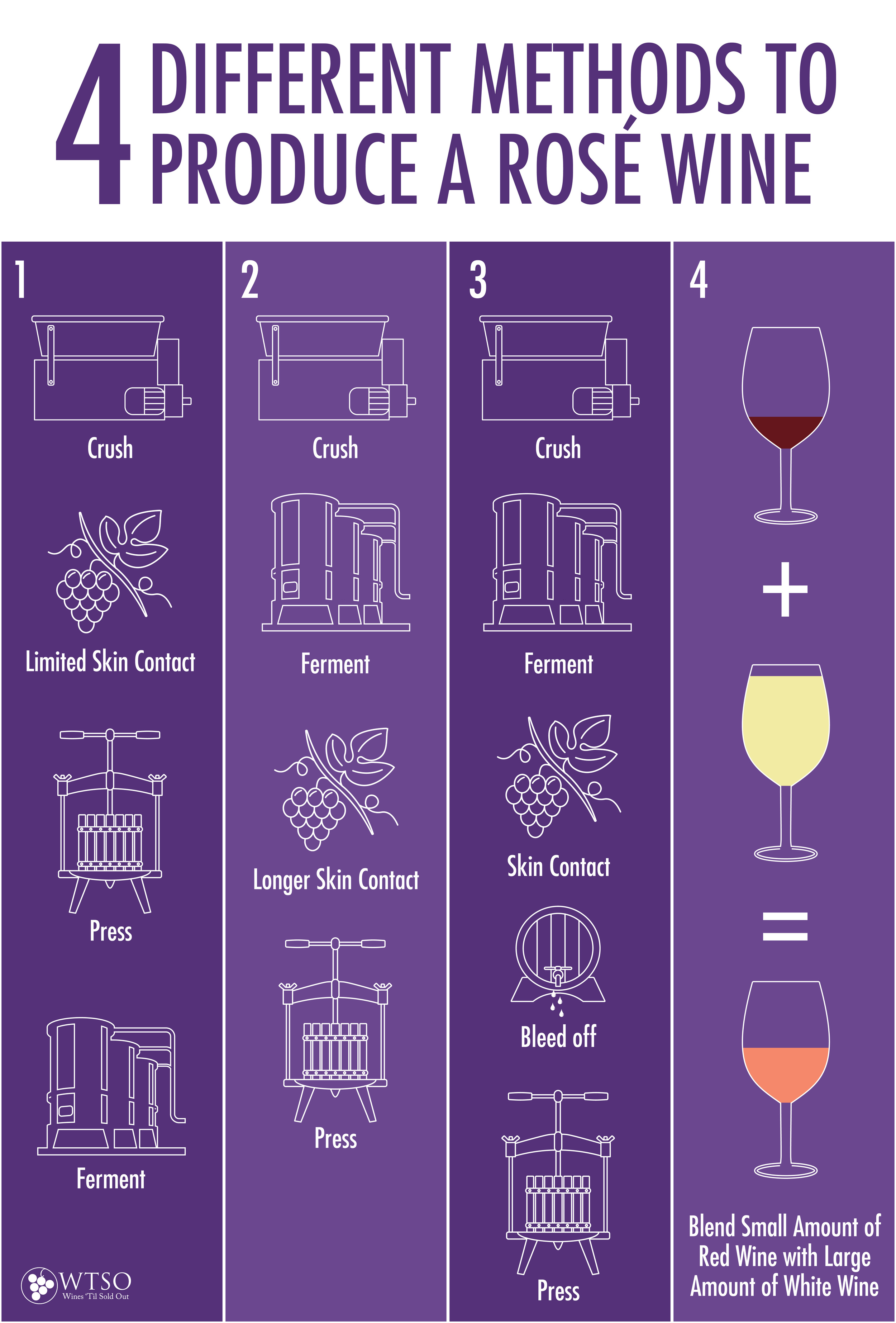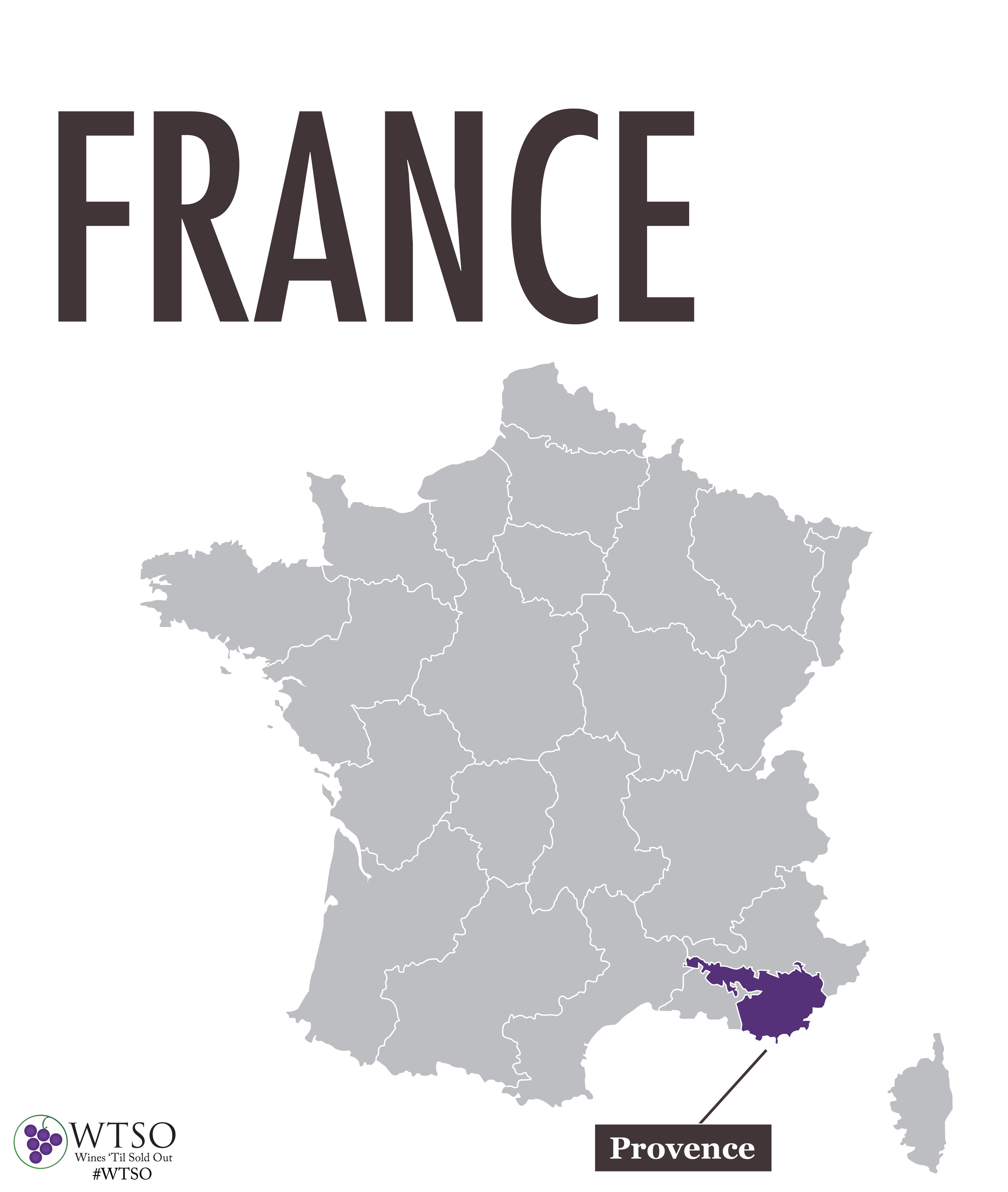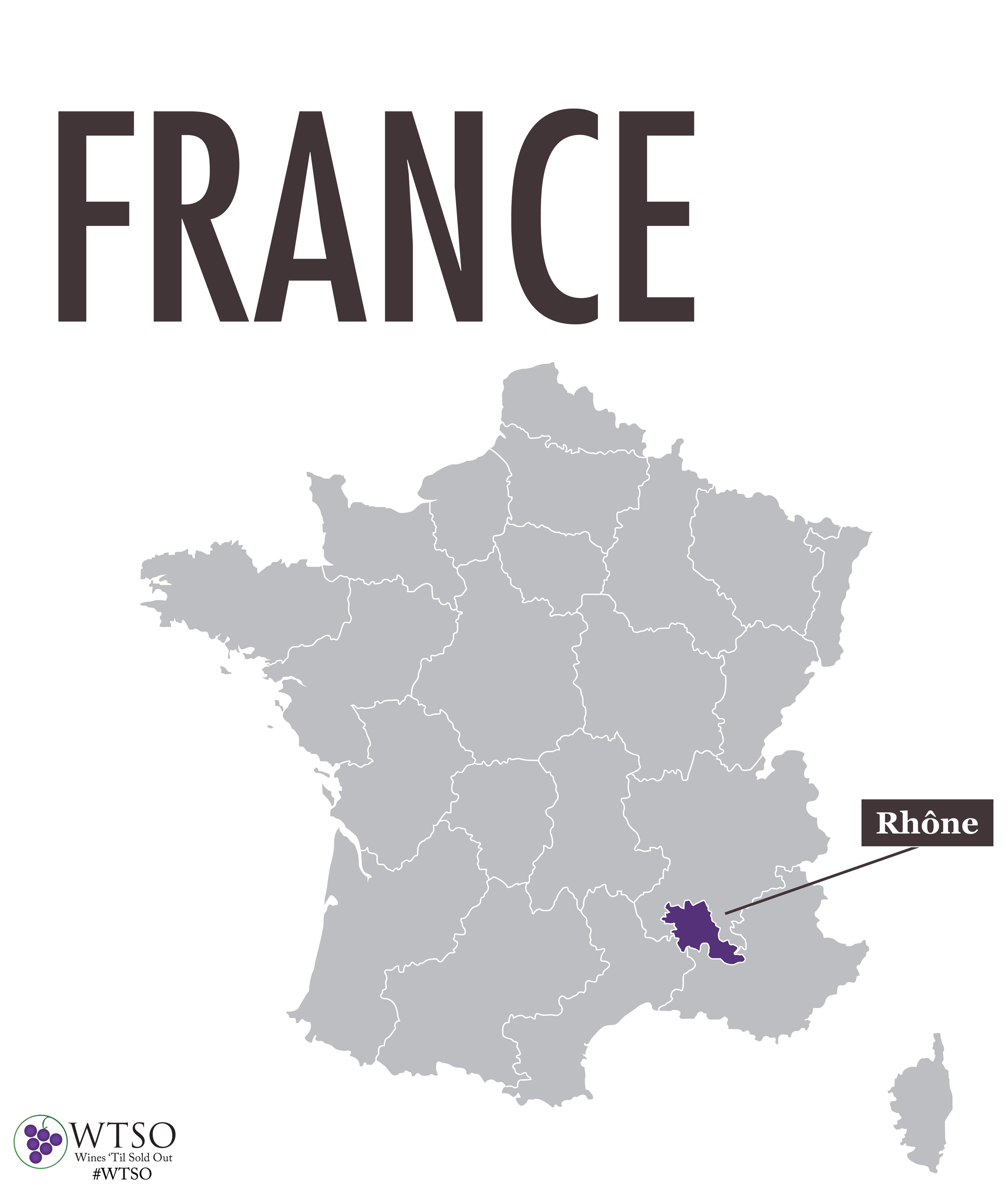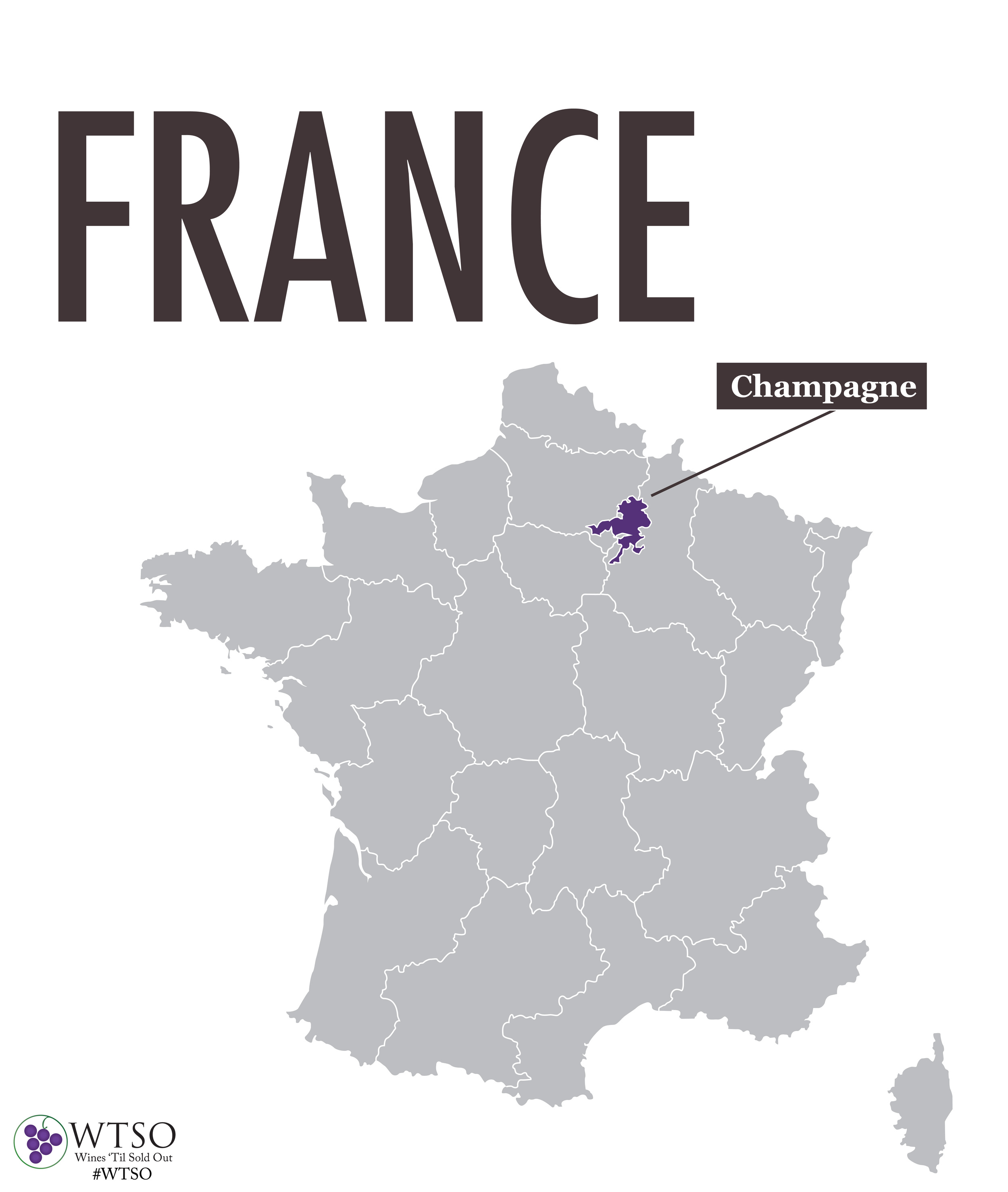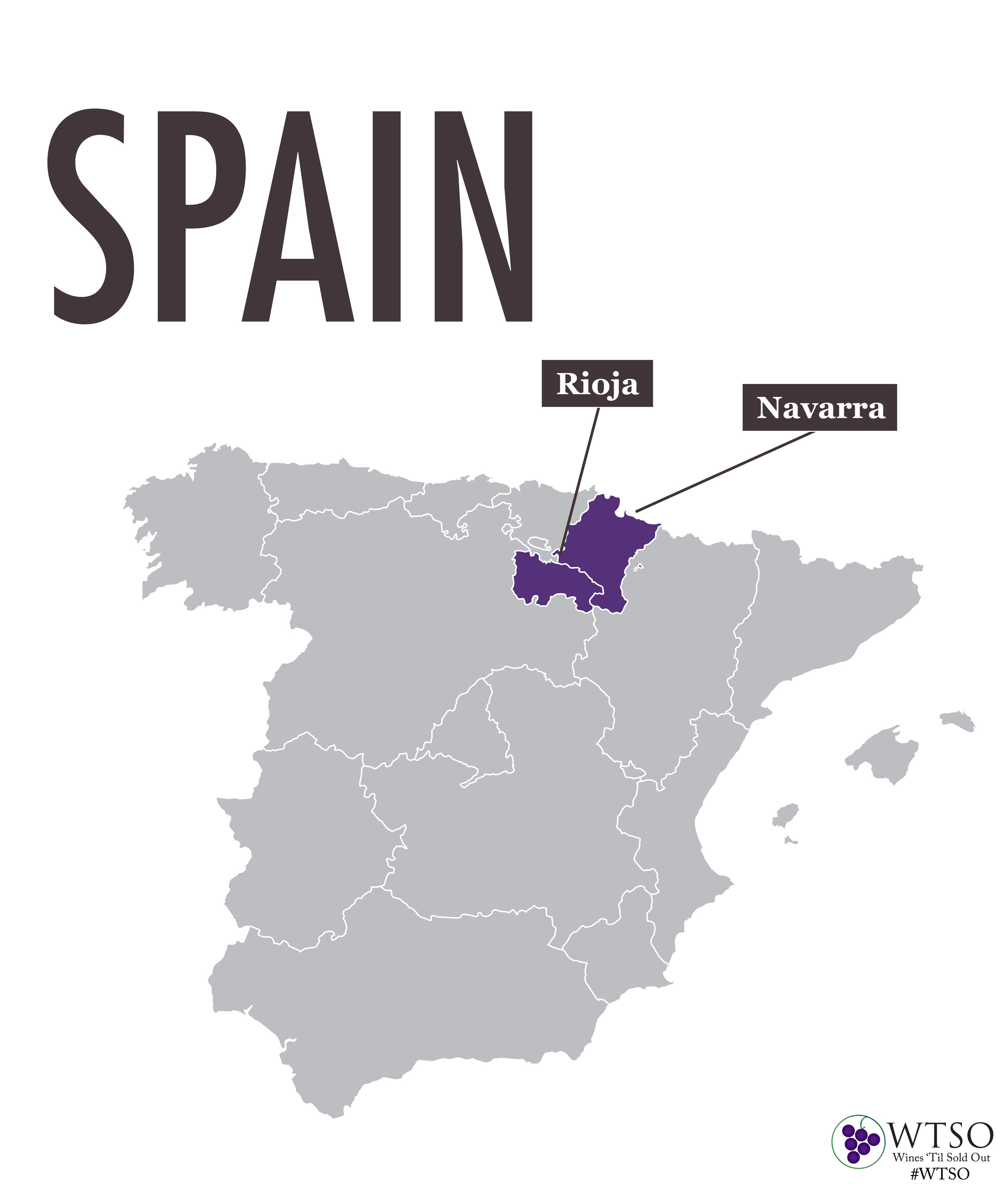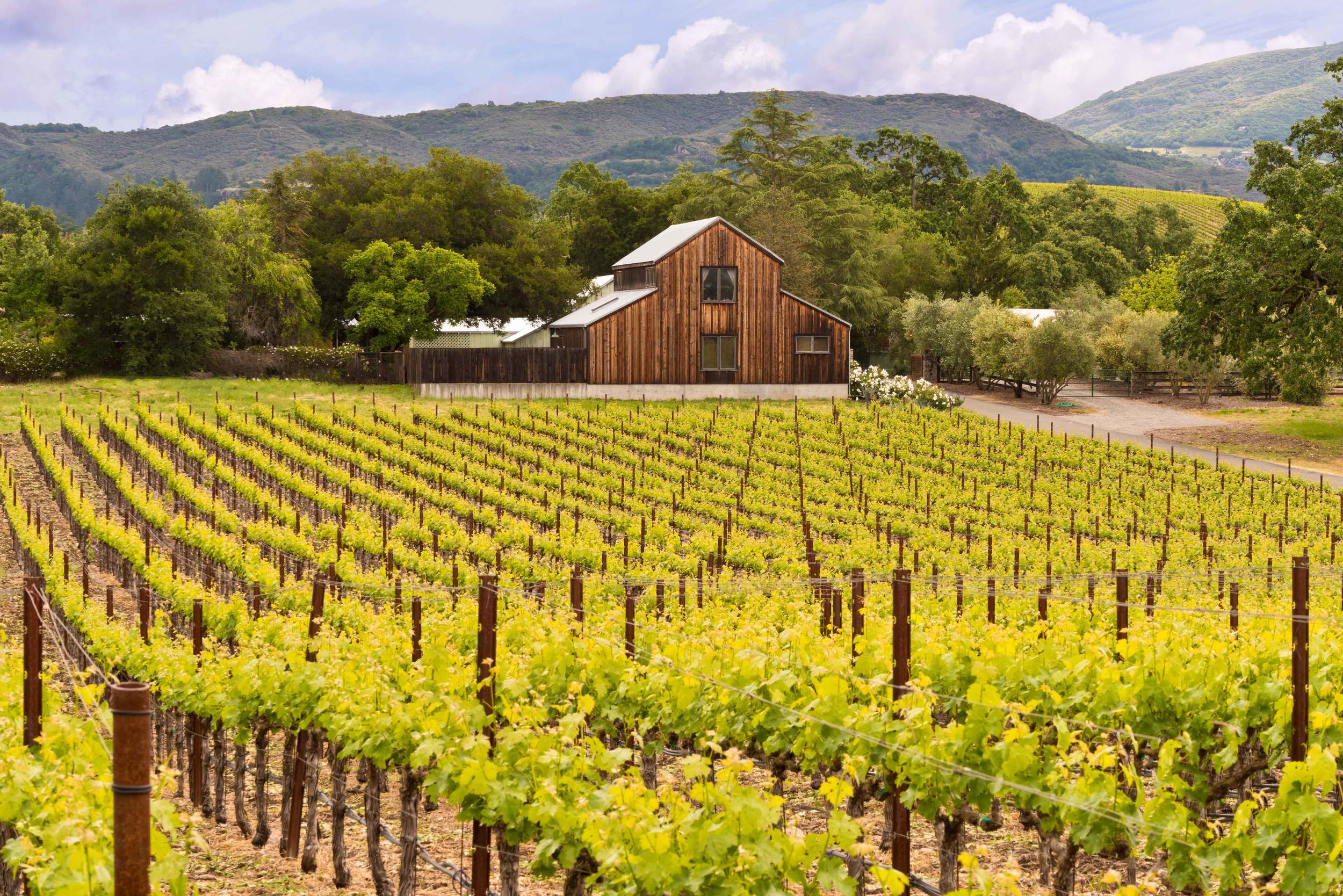Now that summer is in full swing, it’s the perfect time to grab some fresh and fruity rosé wines to share with your friends and family. Consumed as an aperitif or with a variety of cuisines, rosé is available in a range of shades of pink, and can offer excellent value. If you’ve ever wondered about the appeal of these wines, here’s a chance to learn more…
Rosé Wine Production
There are four different methods that winemakers can use to produce a rosé wine:
Option 1: Carefully crush and press black grapes, in order to extract a limited amount of tannin and color from their skins. The resulting wine will be a pale rosé.
Option 2: Start by making red wine, then draw off the juice after 6 to 48 hours of contact with the grape skins. The longer the juice remains in contact with the skins, the more deeply-colored the rosé will become.
Option 3: Similar to Option 2, except that only some of the juice is reserved for rosé, while the rest is used to make a red wine. This process is known as “bleeding,” or “Saignée” in France.
Option 4: Blend a small amount of red wine with a larger amount of white wine. This is the most common method for producing rosé Champagne.
Important Rosé Regions Around the World
Provence
Found just north of Marseilles in the Southeast, Provence is the French region best known for rosé wines. Here, rosés are usually produced from a blend of black grapes – most often some combination of Cinsault, Grenache, Syrah, Mourvèdre, Cabernet Sauvignon, or others. With red berry, orchard fruit, citrus, floral, and mineral aromas and flavors, the lighter-bodied, pale colored wines of the Côtes de Provence appellation are refreshing and mouthwatering on a hot afternoon. They are traditionally enjoyed during the summer in France.
Rhône
North of Provence, in France’s southern Rhône region, producers in the appellation of Tavel specialize exclusively in rosé wines made from Grenache and Cinsault. Rosé wines from Lirac must include Grenache, with either Mourvèdre and/or Syrah. Examples from these appellations tend to be deeper colored and fuller bodied than their Provençal counterparts.
Loire
France’s Loire Valley is home to several styles of rosé made from a variety of grapes. Known more for white wines made from Sauvignon Blanc, producers in Sancerre also make rosé wines from Pinot Noir. Many fine examples display fresh red berry, floral aromas and flavors with all the elegance one would expect from this grape variety. To the west, Cabernet d’Anjou is produced from Cabernet Sauvignon and Cabernet Franc – always in a sweeter style. Rosé d’Anjou is usually drier, and often blended from Grolleau, Cabernet Franc, and even Gamay.
Champagne
While this appellation needs no introduction, many people forget that sparkling wines from the Champagne region may be rosé colored. The main grape varieties here are Chardonnay, Pinot Noir, and Pinot Meunier. Champagne is the only place in all of France where red and white wines may be blended to create rosé. This is the most common method used, though “Saignée” is occasionally implemented as well.
Veneto
Within the Veneto region of northeast Italy, rosé wines from the Bardolino Chiaretto DOC are blends of Corvina, Rondinella, and Molinara. Both still and sparkling styles are produced.
Northern Spain
Producers in the neighboring Rioja and Navarra regions of northern Spain utilize Garnacha (Grenache) in many rosé wines. Those from Navarra are made from Garnacha grapes with higher acid and lower sugar levels. Blends from Rioja may include Tempranillo, Mazuelo, and Graciano as well. Rosé sparkling Cava wines have recently become fashionable, and are quite food friendly.
United States
Despite its misleading name, blush-colored White Zinfandel wines from California have remained popular since the 1980s, offering sweet watermelon and berry flavors with each sip. Many producers in California, Oregon, and Washington State have turned to dry versions of rosé made from different grapes, both in varietal and blended styles. Look for examples by many of your favorite wineries!
If you’re looking for a seasonal alternative to white and red wines, there’s no better time than now to enjoy a young, lively rosé. We can’t think of a more refreshing wine to drink on a hot day or evening! Cheers!

